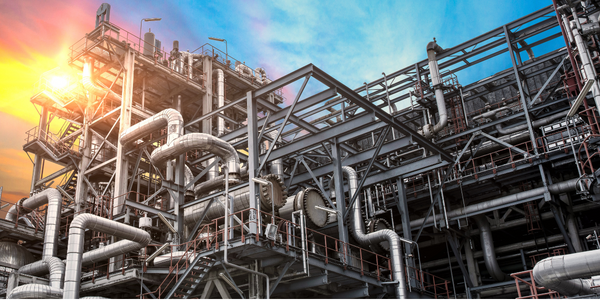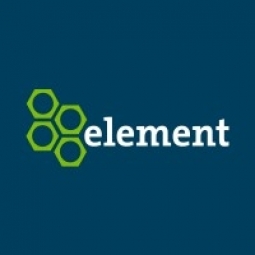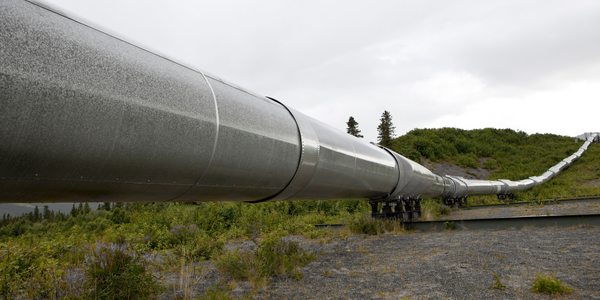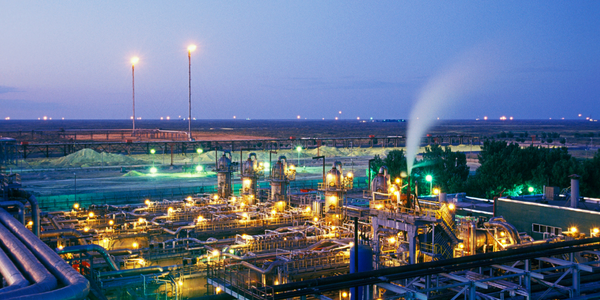Customer Company Size
Large Corporate
Product
- Custom Truck Insert
Implementation Scale
- Enterprise-wide Deployment
Impact Metrics
- Productivity Improvements
- Cost Savings
- Employee Satisfaction
Technology Category
- Infrastructure as a Service (IaaS)
Applicable Industries
- Oil & Gas
Applicable Functions
- Logistics & Transportation
Use Cases
- Fleet Management
Services
- Hardware Design & Engineering Services
About The Customer
The customer is a company in the oil and gas industry. They have a fleet size of 3,000, which includes service, delivery, and sales cars, light trucks, medium trucks, heavy trucks, and trailers. The company utilizes various services such as acquisition and fleet partnership. They also use solutions for fuel, maintenance, risk and safety, and title, licensing, and registration. The company was facing issues with their current truck insert, which was not user-friendly, had limited payload capacity, and was potentially illegal for road standards.
The Challenge
The customer, an oil and gas company with a fleet size of 3,000, was facing issues with their current truck insert. The insert was not user-friendly and had limited payload capacity, which resulted in lower productivity and difficulty in complying with weight restrictions for road use. The truck inserts were too heavy, potentially illegal for road standards, and ergonomics were ignored for driver safety and comfort. The customer was looking for a solution that would follow company policies, be deemed as valuable to drivers, and comply with strict legal standards.
The Solution
Element Fleet Management worked with the customer to design a custom insert that combined all the necessary parts yet was lighter, more functional, had a reduced cost, and could be rolled out in a short amount of time. The new, more flexible insert met the regulated guidelines for truck inserts and in the end increased productivity. The re-designed insert was lighter and more versatile. This allowed for more payload capacity and improved technicians’ productivity while reducing costs, improving compliance, and accelerating deployment.
Operational Impact
Quantitative Benefit

Case Study missing?
Start adding your own!
Register with your work email and create a new case study profile for your business.
Related Case Studies.

Case Study
Taking Oil and Gas Exploration to the Next Level
DownUnder GeoSolutions (DUG) wanted to increase computing performance by 5 to 10 times to improve seismic processing. The solution must build on current architecture software investments without sacrificing existing software and scale computing without scaling IT infrastructure costs.

Case Study
Remote Wellhead Monitoring
Each wellhead was equipped with various sensors and meters that needed to be monitored and controlled from a central HMI, often miles away from the assets in the field. Redundant solar and wind generators were installed at each wellhead to support the electrical needs of the pumpstations, temperature meters, cameras, and cellular modules. In addition to asset management and remote control capabilities, data logging for remote surveillance and alarm notifications was a key demand from the customer. Terra Ferma’s solution needed to be power efficient, reliable, and capable of supporting high-bandwidth data-feeds. They needed a multi-link cellular connection to a central server that sustained reliable and redundant monitoring and control of flow meters, temperature sensors, power supply, and event-logging; including video and image files. This open-standard network needed to interface with the existing SCADA and proprietary network management software.

Case Study
Refinery Saves Over $700,000 with Smart Wireless
One of the largest petroleum refineries in the world is equipped to refine various types of crude oil and manufacture various grades of fuel from motor gasoline to Aviation Turbine Fuel. Due to wear and tear, eight hydrogen valves in each refinery were leaking, and each cost $1800 per ton of hydrogen vented. The plant also had leakage on nearly 30 flare control hydrocarbon valves. The refinery wanted a continuous, online monitoring system that could catch leaks early, minimize hydrogen and hydrocarbon production losses, and improve safety for maintenance.










